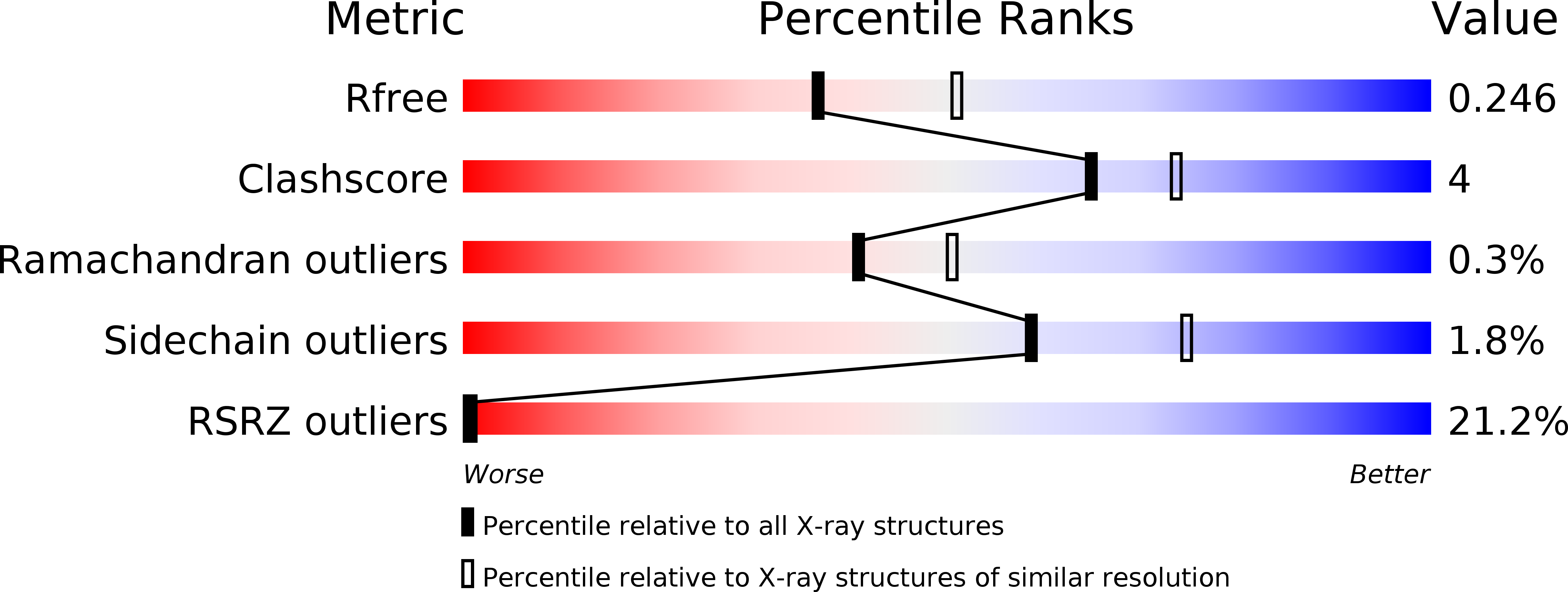
Deposition Date
2012-04-24
Release Date
2012-06-27
Last Version Date
2024-11-20
Entry Detail
PDB ID:
4ETP
Keywords:
Title:
C-terminal motor and motor homology domain of Kar3Vik1 fused to a synthetic heterodimeric coiled coil
Biological Source:
Source Organism:
Saccharomyces cerevisiae (Taxon ID: 559292)
Host Organism:
Method Details:
Experimental Method:
Resolution:
2.30 Å
R-Value Free:
0.24
R-Value Work:
0.20
R-Value Observed:
0.20
Space Group:
P 21 21 21


